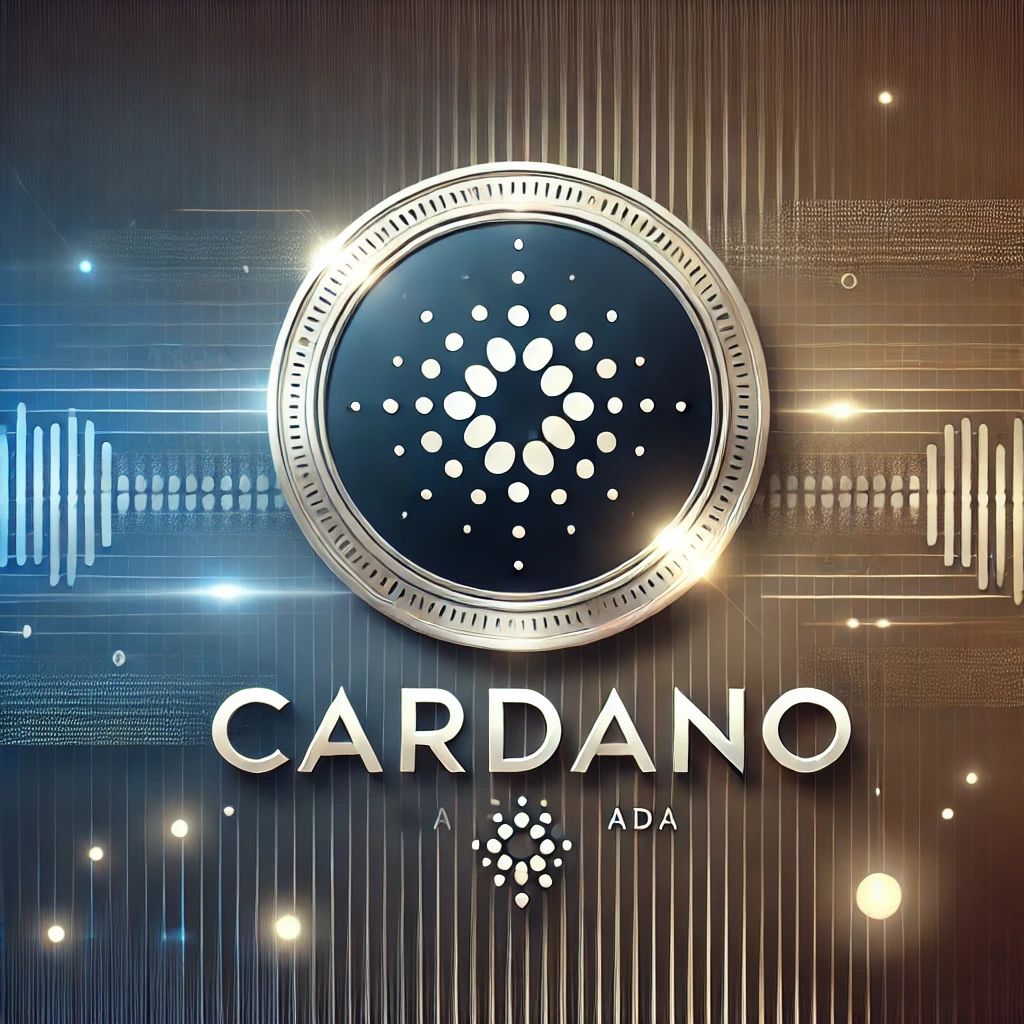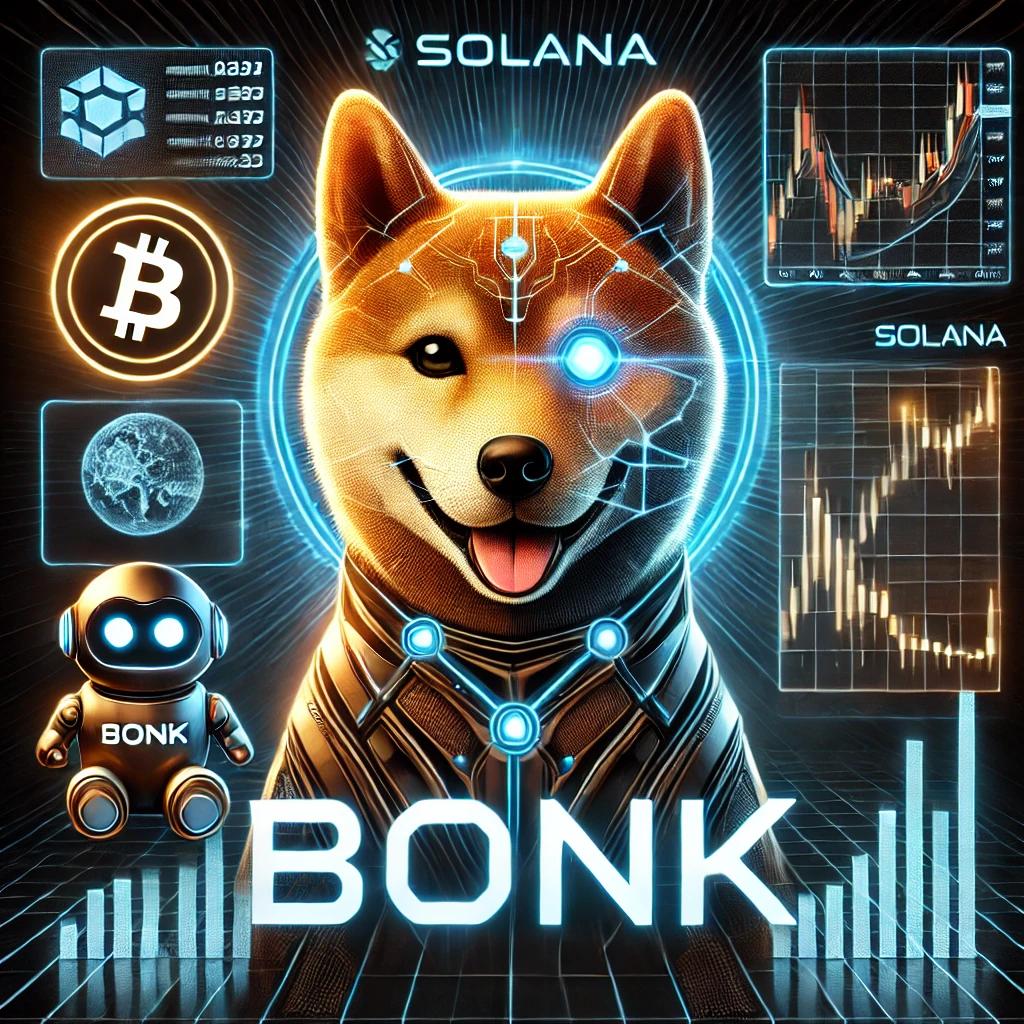Cardano (ADA) is an innovative blockchain platform designed with a scientific approach, offering security, scalability, and sustainability. It is ideal for deploying smart contracts, decentralized applications, and next-generation financial solutions.
💡 Fun Fact: Cardano is named after the Italian mathematician Gerolamo Cardano, while its cryptocurrency, ADA, honors Ada Lovelace, the world’s first computer programmer.
2. Name and Symbol
• Full Name: Cardano
• Ticker Symbol: ADA
3. History of Cardano
Cardano was launched in 2017 by Charles Hoskinson, a co-founder of Ethereum. The project was developed by IOHK (Input Output Hong Kong), which focuses on scientific research and peer-reviewed development.
Key Milestones:
• 2015: Development of Cardano began.
• 2017: Launch of the mainnet.
• 2021: Introduction of smart contracts through the Alonzo upgrade.
4. Market Capitalization and Significance
• Market Capitalization: $16 billion (as of January 2025).
• Current Supply: 35 billion ADA.
Cardano is one of the leading blockchains, consistently ranking among the top cryptocurrencies by market capitalization.
5. Cardano’s Technology
Cardano employs a unique Proof of Stake (PoS) algorithm known as Ouroboros, which ensures energy efficiency and network security.
Key Features:
• Multi-layer Architecture: Separate layers for transaction processing and smart contract execution.
• Scientific Approach: Code and architecture undergo peer review.
• Scalability: Capable of processing thousands of transactions per second with minimal fees.
6. Applications of Cardano
Cardano powers a wide range of applications, including:
• DeFi: Building decentralized financial products.
• Smart Contracts: Automating contract execution.
• Education and Healthcare: Using blockchain for secure data storage and verification.
• Government Projects: Supporting digital transformation in developing countries like Ethiopia.
7. Cardano Ecosystem
Cardano fosters a thriving ecosystem with tools and infrastructure for developers to create decentralized applications and integrate smart contracts.
Major Projects:
• Minswap (decentralized exchange).
• World Mobile Token (improving internet access).
• Ardana (DeFi platform).
8. Official Resources
• Official Website: cardano.org.
• Social Media:
• Twitter.
• Reddit.
9. Advantages and Risks
Advantages:
• Energy efficiency through Proof of Stake.
• Multi-layer architecture enhances security and scalability.
• Transparency and reliability due to its scientific foundation.
Risks:
• Competition from other blockchains like Ethereum and Solana.
• Dependence on future network upgrades.
10. Cardano’s Future Prospects
Cardano is continually evolving, attracting major investors and developers. In 2025, its ecosystem is expected to expand significantly, driven by new projects and global digitalization initiatives.
Conclusion
Cardano (ADA) is a leading blockchain built on scientific research, making it a top choice for developers and investors. Its unique approach ensures scalability, security, and sustainability, setting it apart in the blockchain industry.
💡 Want to learn more about Cardano? Visit Cryptonna.com to explore blockchain technologies and enhance your trading success.
SEO Enhancements:
1. Meta Title:
“Cardano (ADA): History, Technology, and Cryptocurrency Ecosystem.”
2. Meta Description:
“Learn everything about Cardano (ADA): history, technology, ecosystem, advantages, and investment opportunities. Explore more on Cryptonna.com



